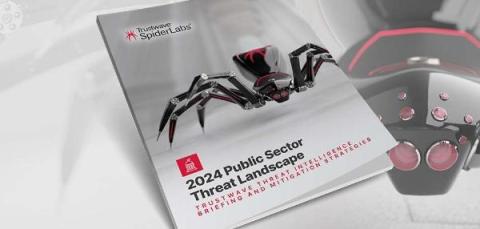Cybersecurity leadership in an era of public-private partnerships
SecurityScorecard recently hosted a webinar with our Co-founder and CEO, Dr. Aleksandr Yampolskiy, and Sue Gordon, the former Deputy Director of National Intelligence and SecurityScorecard board member. Gordon drew on her experience as a key advisor to the President and National Security Council to discuss the shared responsibility between public and private organizations in combating cyber threats, the concentration of cyber risk, and the value of easy-to-understand cybersecurity metrics.











